Deep Tissue Injury Treatment
Deep tissue injury treatment. Attempt to prevent further tissue damage. Deep tissue injury is defined as a medical condition of a pressure-related injury to subcutaneous tissues under intact skin as a result of prolonged compression of bony prominences on underlying soft tissues particularly muscles. Community Care Pressure Injury Treatment Guideline A pressure injury is localized damage to the skin and underlying soft tissue usually over a bony prominence or related to a medical or other device.
They developed a vibrational pad that aids in providing a comfortable therapy to patients with deep tissue injury on the buttocks. The injury occurs as a result of intense andor prolonged pressure or pressure in combination with shear. Recovery for this ulcer can take anywhere from three months to two years to completely heal.
Suspected Deep Tissue Injury DTI is the newest addition to the pressure ulcer staging system. Purple or maroon localised area an area of discoloured intact skin or a blood filled blister. Deep tissue injury DTI is due to damage to the underlying soft tissue from pressure andor shear forces.
Your doctor will likely recommend surgery. The therapist will access deeper layers of the soft tissue for maximum muscle relief. These lesions may herald the subsequent development of a Stage III-IV pressure ulcer even with optimal treatmentNPAUP 2005.
Hello we provide concise yet detailed articles on Injury Choices. Our institution began using a. Its hallmark is rapid deterioration despite the use of appropriate preventive interventions.
By contrast a deep-tissue injury may resolve without tissue loss. Hospitals and other healthcare organizations are being held accountable for these types of injuries which. When you find the article helpful feel free to share it with your friends or colleagues.
Prompt identification and treatment of deep tissue injury is crucial as these pressure injuries can rapidly evolve into ulcers involving all tissue layers. Deep Tissue Manual Therapy Injury Treatment Deep tissue techniques are designed for a more focused massage by targeting specific muscles groups and injured soft tissues.
2 Pressure ulcers have imposed a concerning challenge to society affecting both the quality of individual health and the economic resources of healthcare infrastructures.
Purple or maroon localised area an area of discoloured intact skin or a blood filled blister. Left to right Bodhi Nguyen Kevin Li and Linda Pucurimay worked on treating deep tissue injuries in the buttocks before such injuries develop into open wounds. Deep tissue injury is defined as a medical condition of a pressure-related injury to subcutaneous tissues under intact skin as a result of prolonged compression of bony prominences on underlying soft tissues particularly muscles. The injury occurs as a result of intense andor prolonged pressure or pressure in combination with shear. Deep pressure ulcers necessarily involving deep tissue injury DTI arise in the muscle layers adjacent to bony prominences because of sustained loading. The injury can present as intact skin or an open ulcer and may be painful. One important question with DTI is whether this is an early enough stage in the pressure ulcer continuum to be treatable and reversible. Bookmarks Practice Level Background. Click here to see the groups poster.
Deep tissue injury DTI is due to damage to the underlying soft tissue from pressure andor shear forces. The National Pressure Ulcer Advisory Panel defines a deep tissue injury as A pressure-related injury to subcutaneous tissues under intact skin. Left to right Bodhi Nguyen Kevin Li and Linda Pucurimay worked on treating deep tissue injuries in the buttocks before such injuries develop into open wounds. The area may be preceded by tissue that is painful firm mushy boggy warmer or cooler as compared to adjacent tissue. In addition deep- tissue pressure injury coding often have a combined etiology involving both ischemia and pressure. The information here is sourced well and enriched with great visual photo and video illustrations. Apply a thin Hydrocolloid Dressing such as Duo Derm Extra Thin or Tegaderm Clear to area.

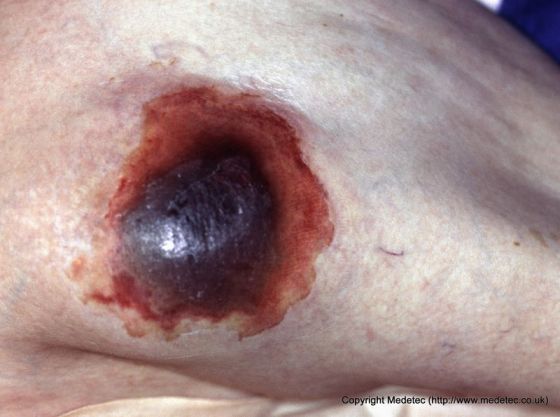





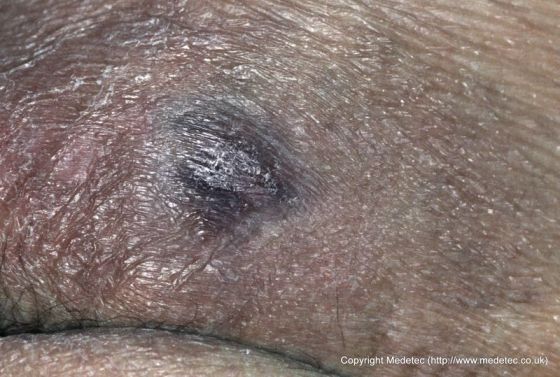
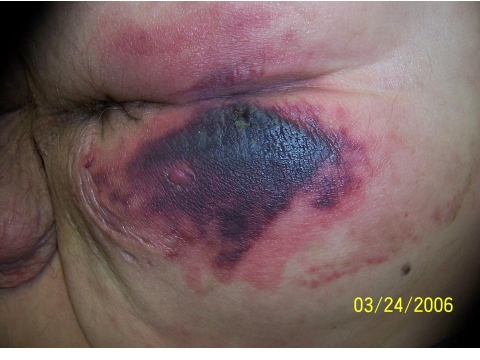

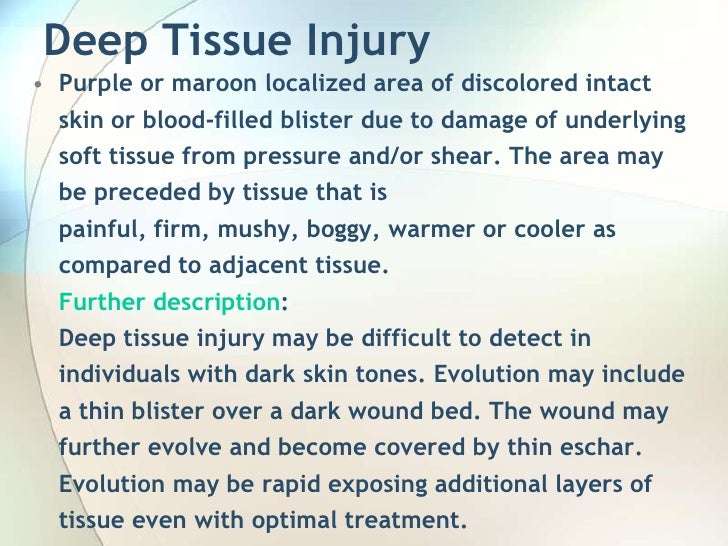


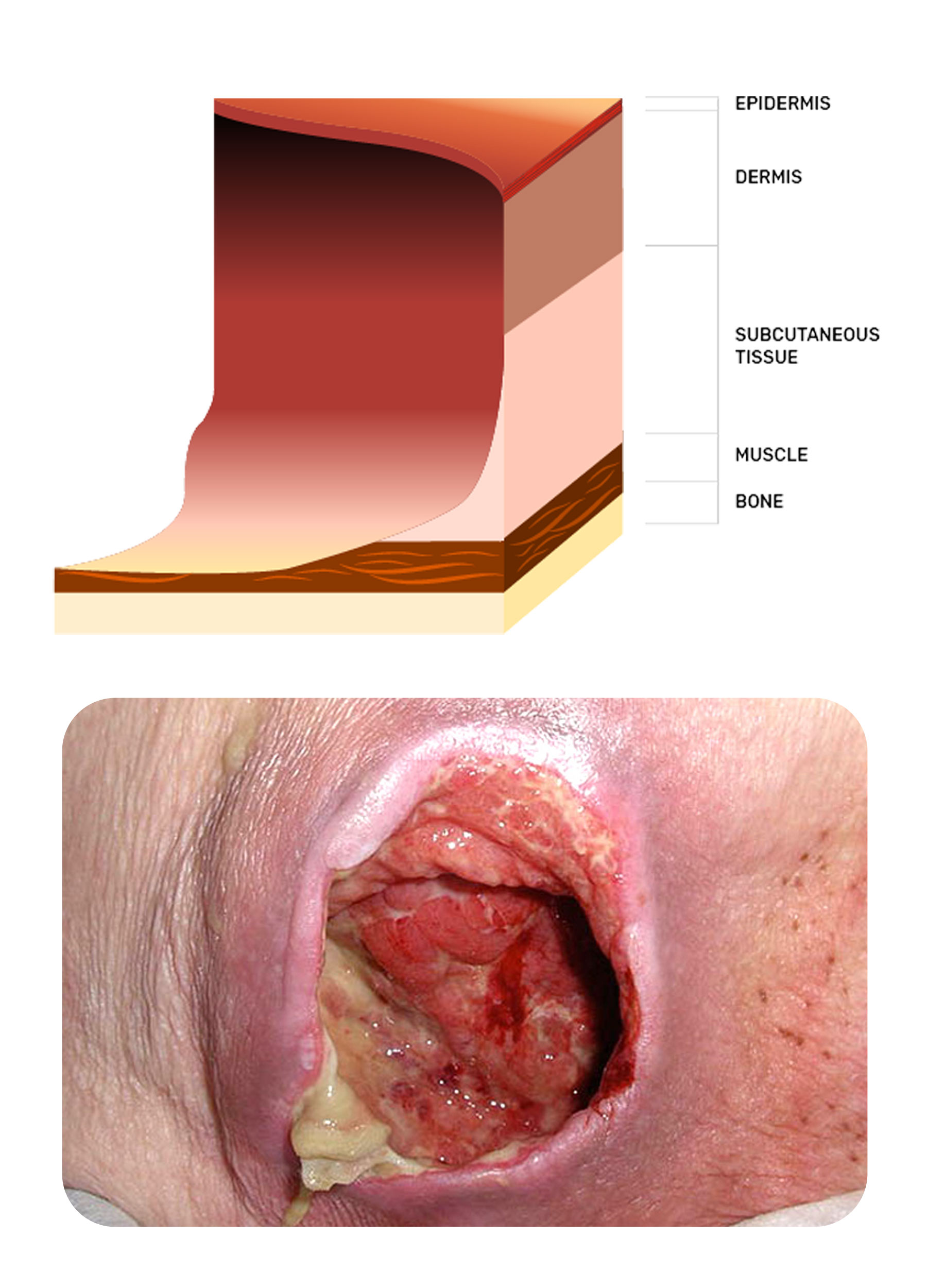



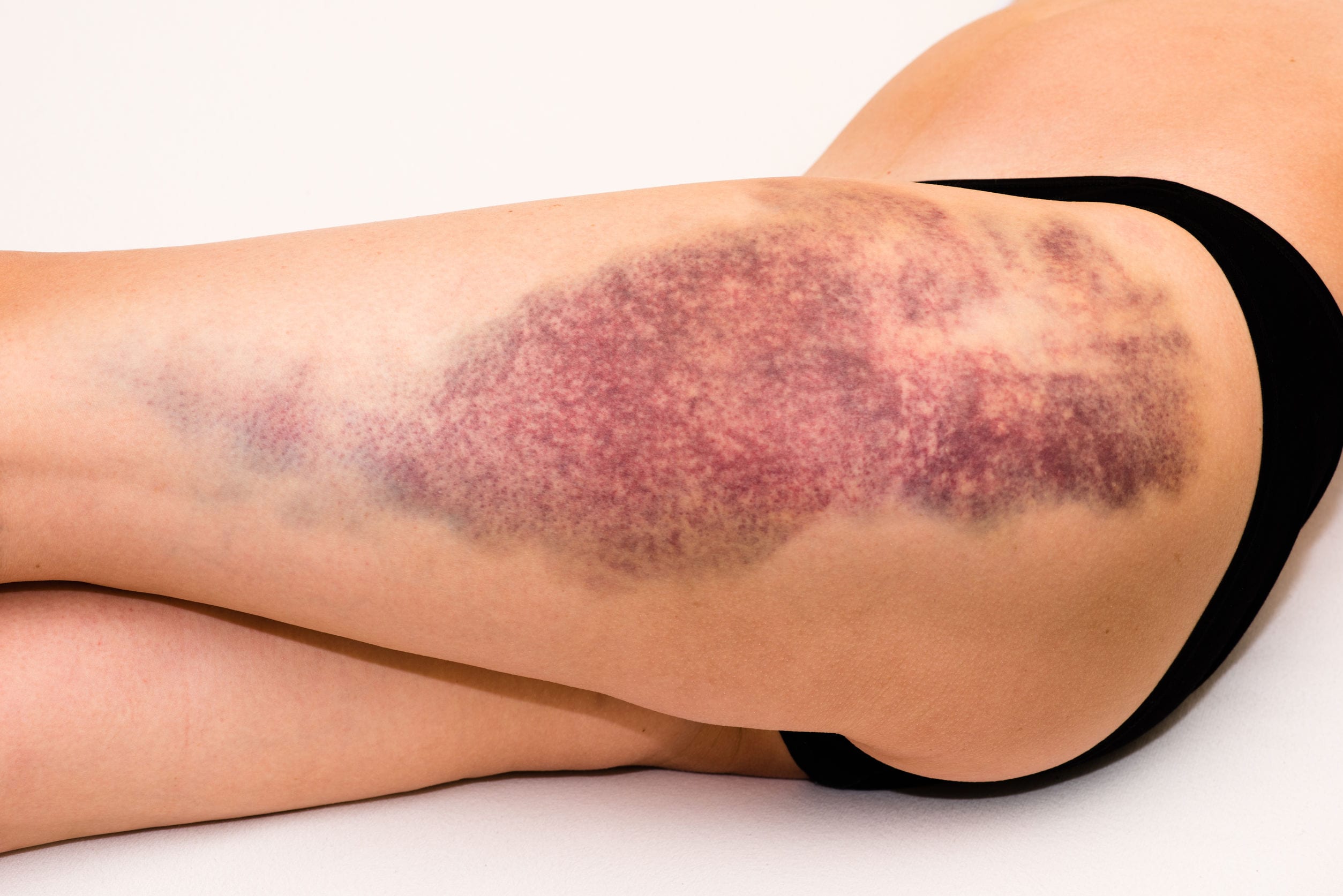



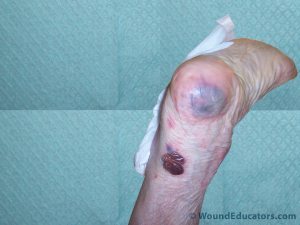


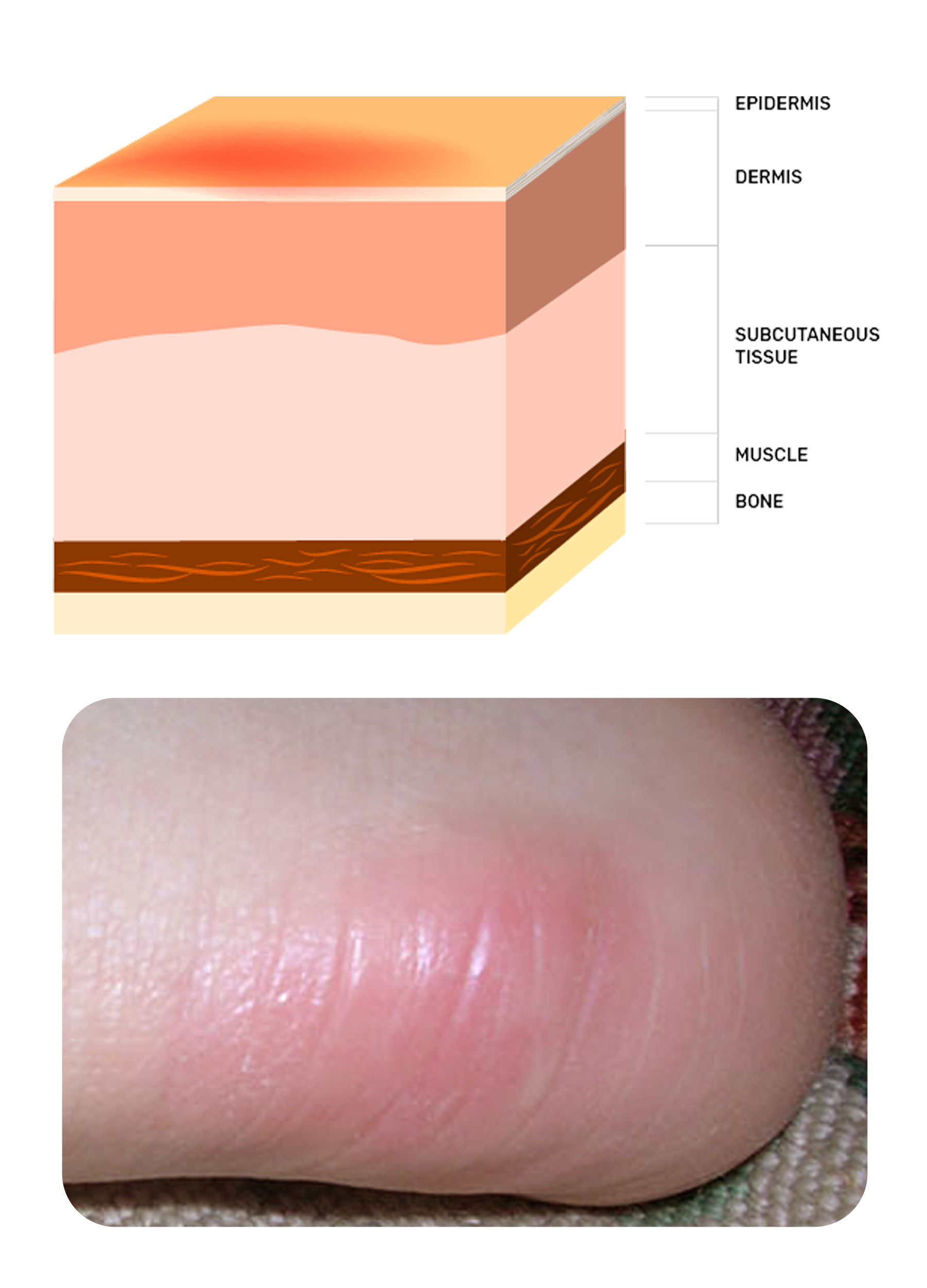

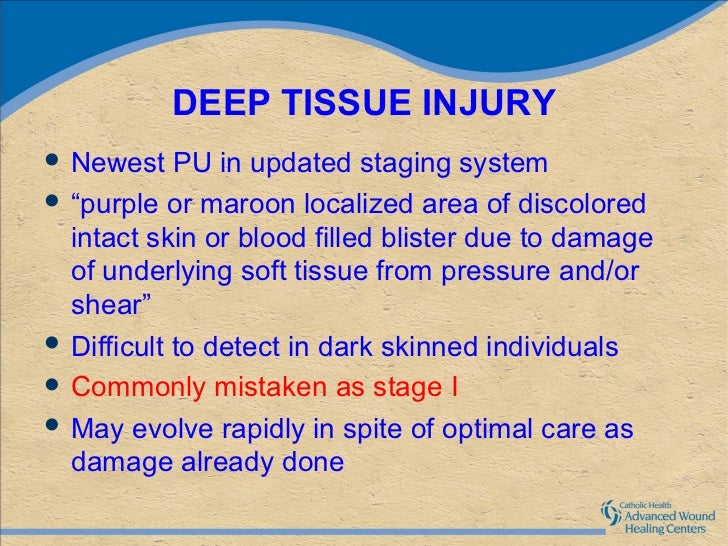
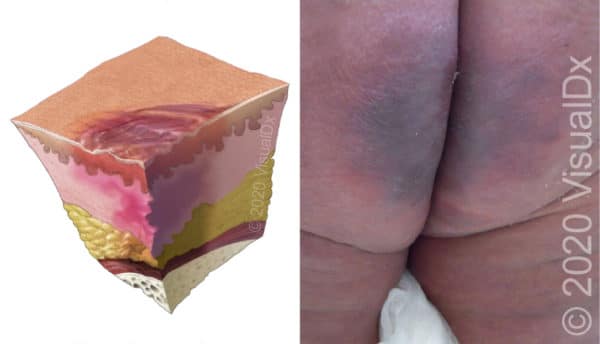










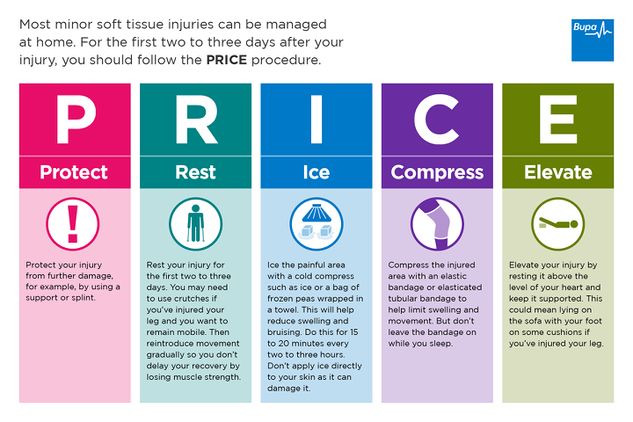
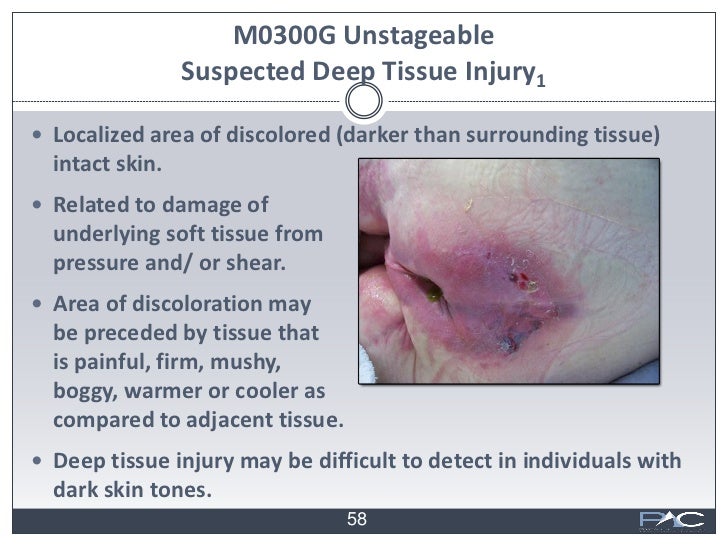
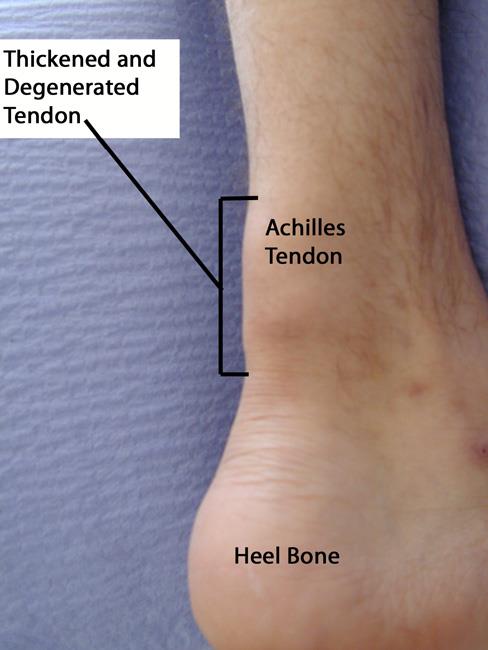

Post a Comment for "Deep Tissue Injury Treatment"